Inside: find out the signs of readiness including the best potty training books for toddlers. Potty training books are a wonderful way to empower your toddler to know what to expect and what to do.
Rewind the tape to six years ago. I was up to my elbows in diapers as I had two children under the age of two. It’s for that reason that, when my firstborn turned two, I eagerly looked for signs of potty training readiness.
Occasionally she would wake up dry from her naps and would hide behind the floor-length curtains when she had to go pee or poo.
Everything went along swimmingly… For a couple of days… until she flat out refused to use the potty.
Deciding I didn’t want to push her, I temporarily packed up the potty and decided we would try again when she was ready. The second attempt went off without a hitch. That is, for about three months. That’s when we were hit by a potty training regression. We were moving. Our household was exponentially more stressful than it had ever been. And suddenly, my potty trained girl wasn’t doing so well.
My firstborn son’s potty training was a different version of the same thing.
So, with my third, I decided to wait.
Whenever I got the urge to push him, I reminded myself that there is no prize for the fastest potty-trained kid. My life is busy enough with two older kids and a toddler plus me in school. So, I decided that, until it was blatantly obvious my son needed to potty train, we would forego the whole process.
So this begs the question, when do you know a toddler is ready to potty train?
What is the age to potty train?
When it comes to the age to potty train, I think many parents fear their child falling behind. However, unless there is a medical reason impeding a child’s ability to potty train, every child will successfully toilet train.
According to WebMD, most children show interest in potty training around the age of 2 with some toddlers showing no interest until 2-and-a-half or three. In general, girls tend to potty train earlier than boys.
Signs of potty training readiness
Signs of potty training readiness include the child:
- is able to sit on the potty unassisted,
- communicates when he has to go to the potty or has a dirty diaper,
- hides to go pee or poo,
- has a dry diaper for at least two hours,
- copies you going to the bathroom,
- follows basic instruction well,
- wakes up from naps with a dry diaper,
- can pull down her pants with little to no help,
- but most importantly, shows interest in potty training.
Once a child shows signs of readiness, one of the best ways to support the development of toilet training is by telling stories.
Related reading: The stress-free way on how to potty train your toddler
The best books for potty training
Though I will list books for potty training that either my family or other families have enjoyed, I will say social stories can offer just as much benefit. Simply, to use a social story, tell your child a tale wherein:
- he or she is about to use the potty,
- what to expect,
- how accidents may happen,
- how she or he may have to wait sitting on the potty for a while,
- but slowly he or she will use the potty more regularly and have fewer and fewer accidents.
Social stories have been a wonderful tool for all three of my children. That said, we also used some potty training books too.
Here are the best potty training books for toddlers.
This post contains affiliate links. As an amazon associate, I earn from qualifying purchases.
The best books for potty training toddlers
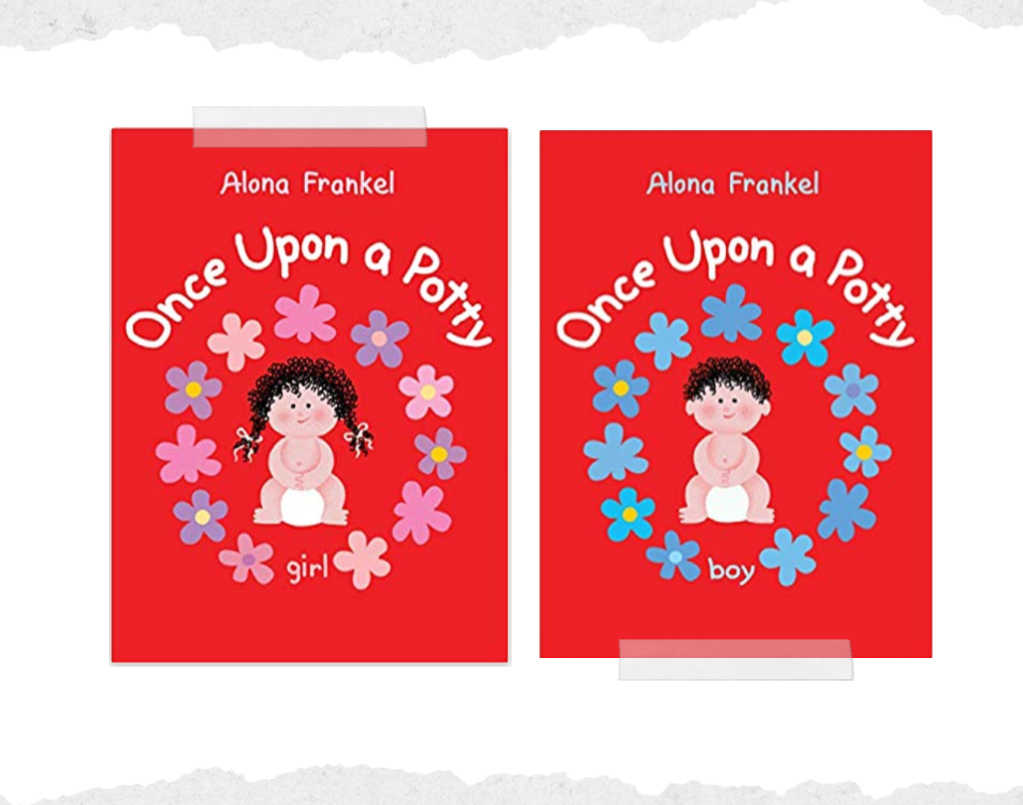
Once Upon a Potty – Girl or Boy
This is a classic potty training book that essentially follows the above-mentioned format. The story depicts either a girl or boy using diapers as a baby, receiving the gift of a potty, having accidents and having to wait sitting on the potty, until one day, the protagonist is successful at going potty! Check out the version for girls here or for potty training boys here.
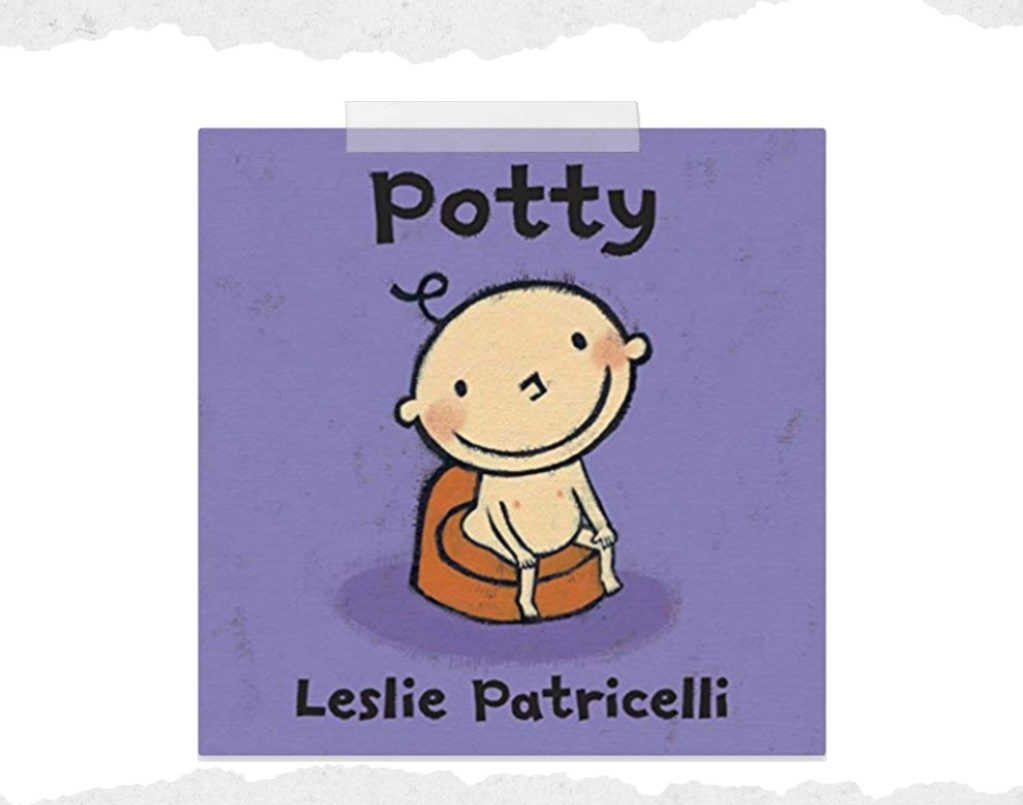
Potty
This story uses humour to depict the process of a toddler deciding to no longer use diapers and start using the potty. The baby looks at others – such as what the cat does before successfully using the toilet. Check it out here.

Big Girl Panties or Big Boy Underpants
Perfect for potty training boys or girls, these books use rhyme to move through potty training and help scaffold toddlers feeling comfortable in their new underwear. Check out the girl version here or the boy version here.
You may also find these articles helpful
The stress-free way to potty train your toddler
How to conquer your toddler’s potty training regression
10+ positive parenting strategies for difficult toddler behaviour
How to stop toddler hitting without the use of punishment







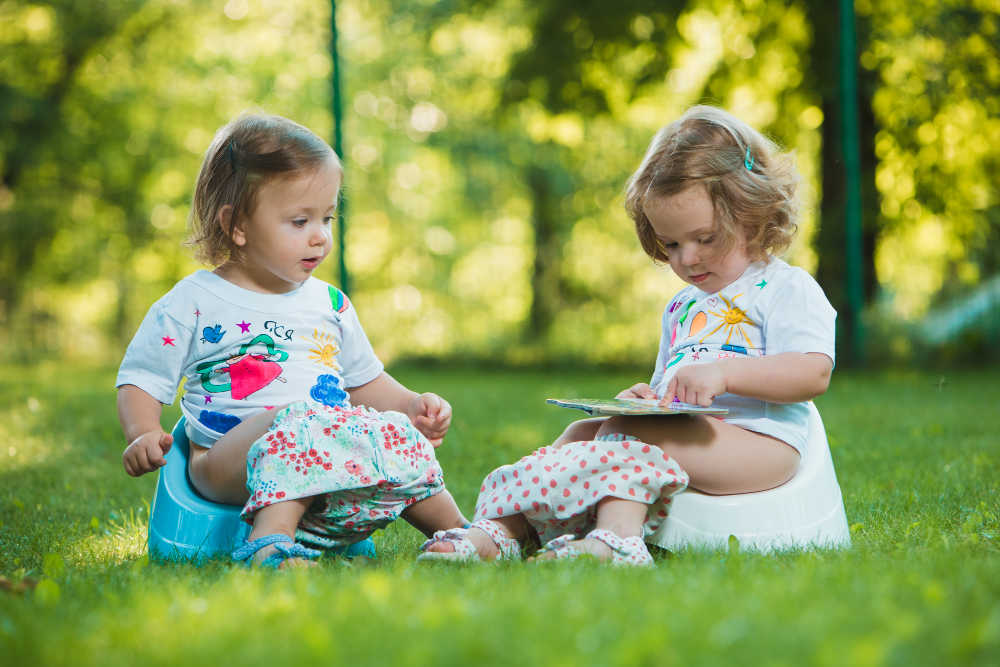
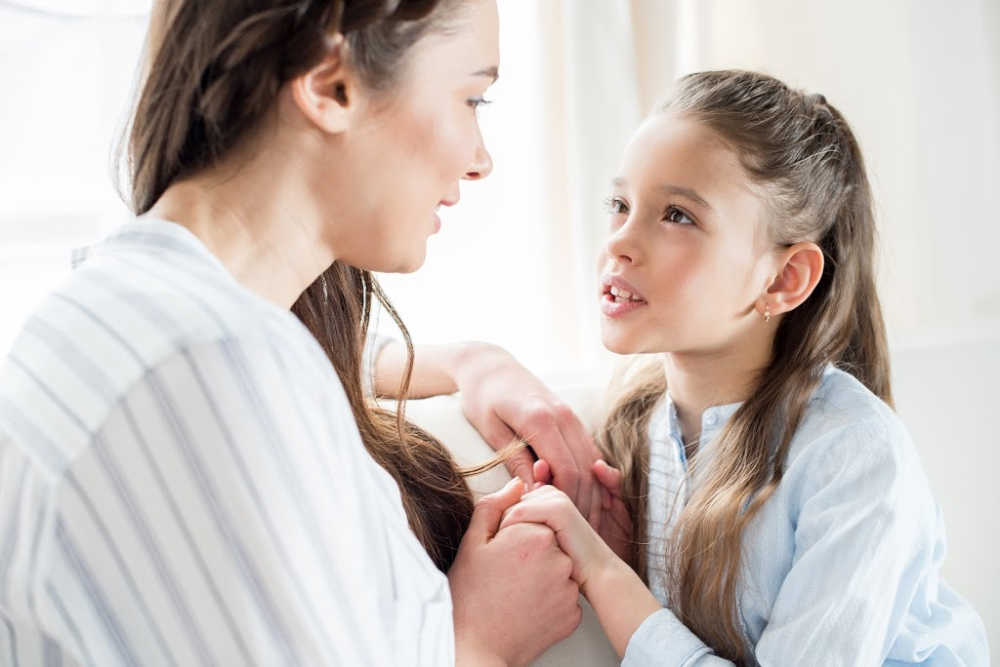
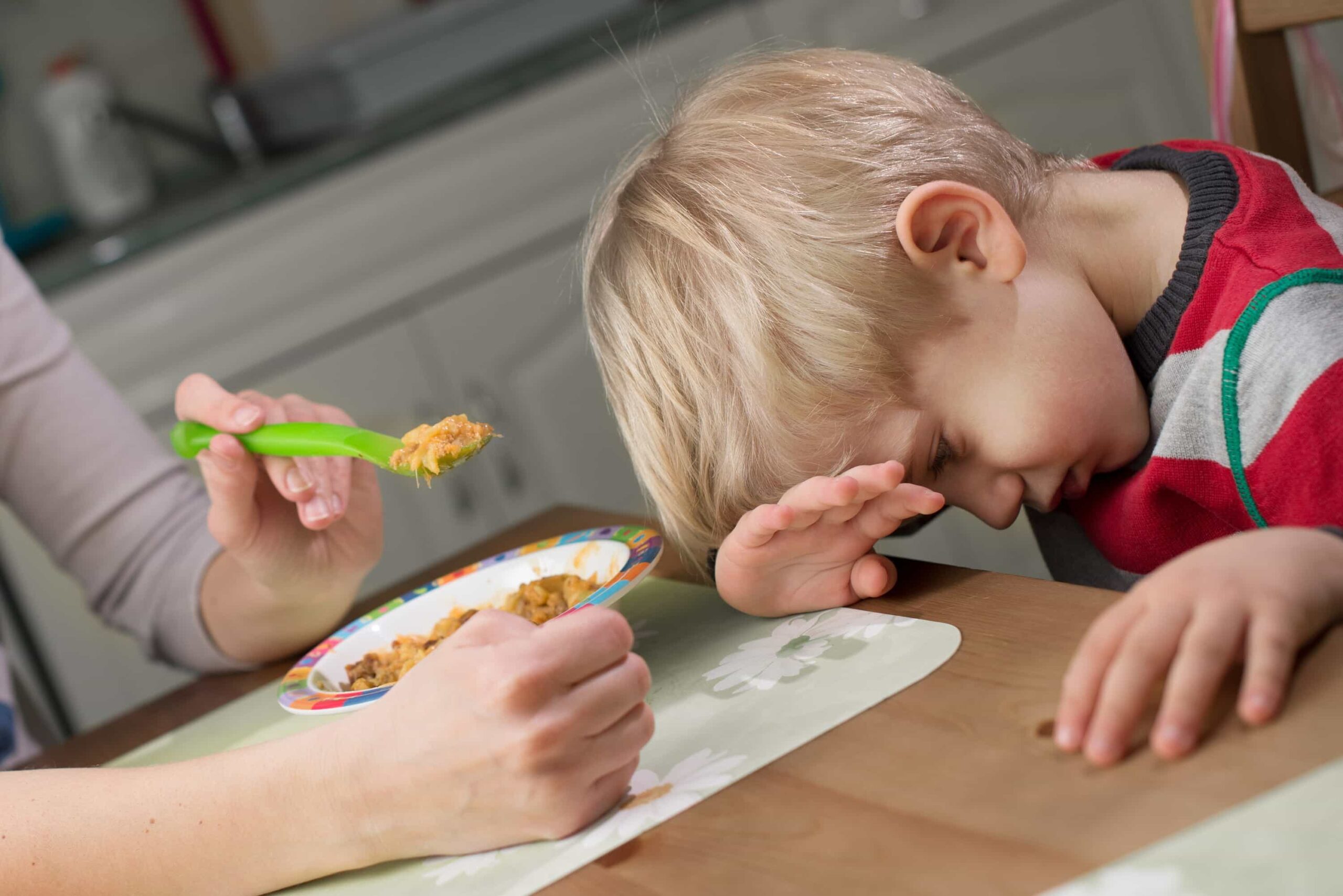
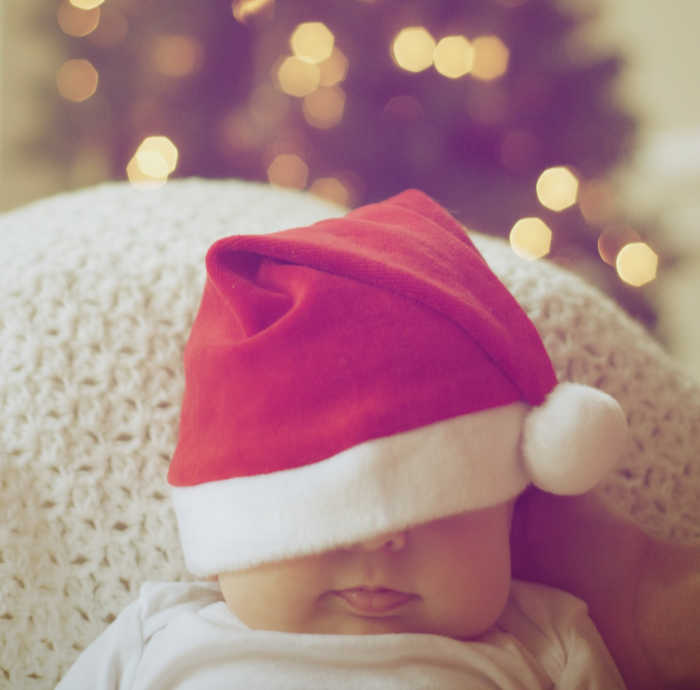
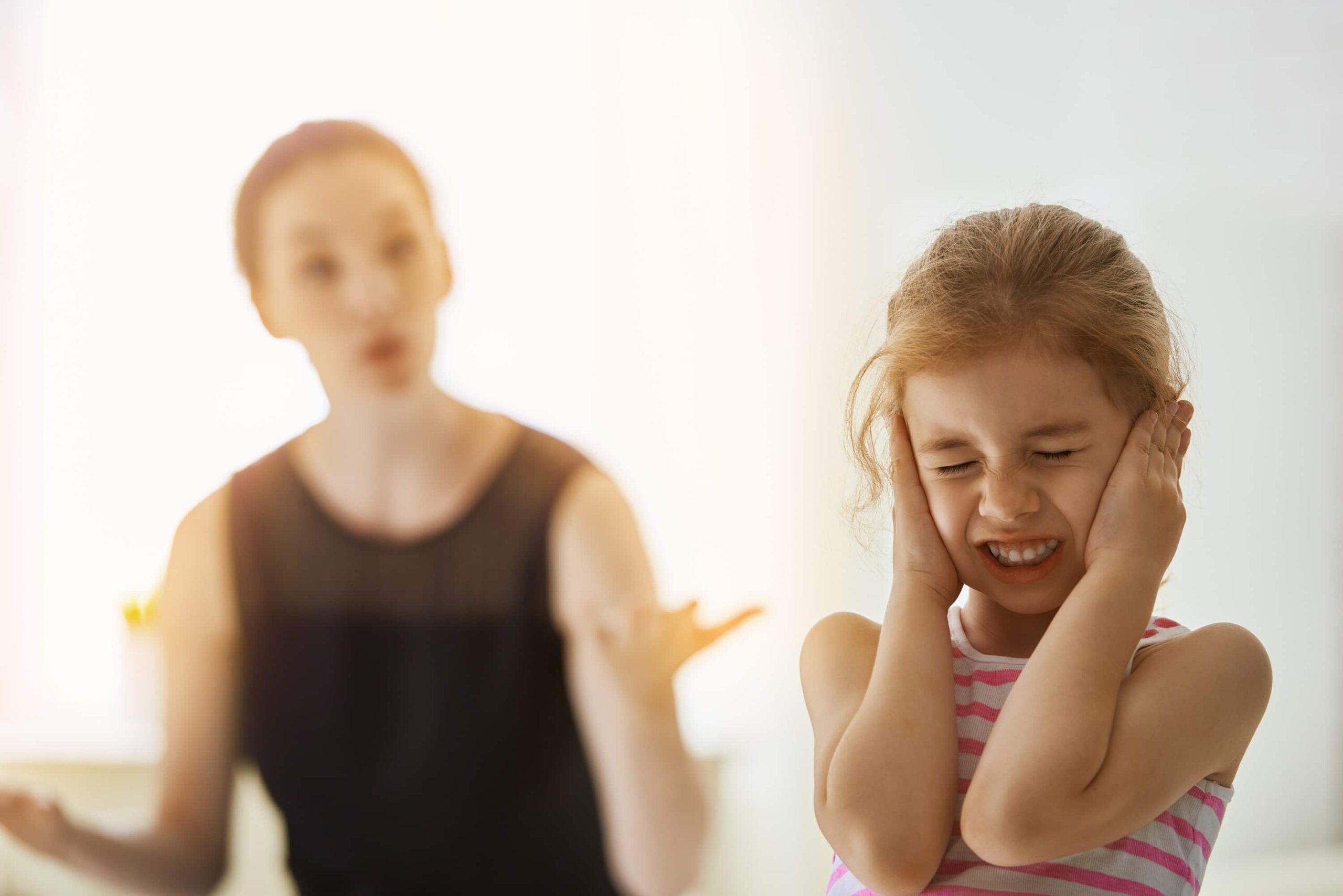
I’ve got another great recommendation for potty training books that you should consider. The Tiny Potty Training Book by Andrea Olson. We used it for our older one and then used the Go Diaper Free book… which is Elimination Communication, or potty training from less than 1. Both worked wonders. Our youngest was out by 13 months. Our oldest was done in a little over a week.
Thank you for sharing. I’m also want to wait and only started to prepare my daughter for potty and these books, I think, will make a great thing for her!